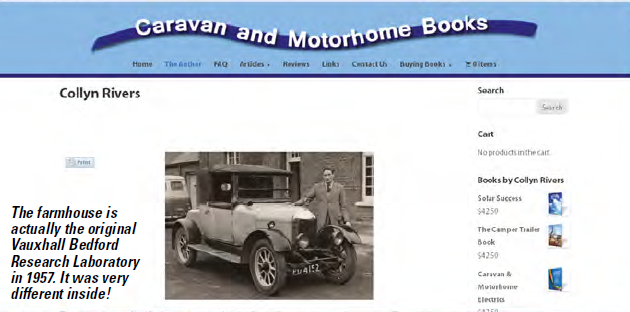An ongoing frustration when attempting to assist with technical issues is a seemingly common inability to understand (or accept) the difference between facts and opinions. When this occurs it can be close to impossible to have others accept something that is factually based and has only one valid answer.
Not all disciplines lend themselves to this. Doctors must often assess the limited facts available to them (increased blood pressure, heart rate, etc.) to arrive at what can only be an opinion. Another doctor given the identical information may well arrive at a different opinion. It is true also of economics: if one asked six economists for an opinion, there would always be seven different answers. Two would be from John Maynard Keynes.
Engineering is substantially different. In much of its longer established forms, decisions are based on work done up to several centuries ago that established relationships between measurable quantities with exact precision. The classic example is Newton’s Laws of Motion – that 330 years later still enable a space craft to be landed on a small asteroid at a distance too far to visualise.
Established manufacturing technologies are essentially factual processes in which the technical limitations are primarily the accuracy and repeatability of measurements involved.
Where justifiable opinion may arise relate to acceptable safety factors and realistic life expectancy. There, design engineers and bean counters may have different views. The days have gone when bridges had a safety factor of seven or more, and engines had no inbuilt redundancy. It is said with some justification that early Rolls-Royces last so long because they lack the power to wear themselves out.
But only too often lay opinion is seen as valid as fact. A forum posting noting that ‘my fridge doesn’t cool properly’ resulted in establishing that the 120 litre three-way fridge was drawing 10 amps through 10 metres of 1.5 square millimetre copper cable. The relationship between current and the resistance to it flowing was established by Ohm in 1827. It is a foundation stone of electrics. My response was to the effect that Ohm’s law showed that the fridge was losing 1.13 volts along that cable and could not possibly work properly until that matter was fixed.
This resulted in a barrage of responses to the effect that my response re the voltage drop was only an ‘opinion’.
My (in retrospect foolish) mention of Ohms Law copped another salvo. One from a plumber said it’s nonsense . . . ‘never heard of him – but what would that fella Ohm know about it – the real world’s different mate’.
‘The real world’, and ‘common sense’ is often drawn upon to defend various absurdities. One, now heard less often, is ‘people need exercise to be healthy so it’s simply common sense that lead acid batteries need exercising too.’ Almost the exact opposite is closer to reality. Lead acid nirvana is to be fully charged and kept at float voltage sufficient only to balance internal loss (i.e. as a sort of lead acid Labrador). But who needs a battery as a pet – even a lithium-ion?
This issue still arises with supply cables. People still venture their opinion that it’s safe to join them together as long as the connectors are kept dry. The fact here is that the common sense opinion is based on practices long since irrelevant.
All commercially cables available today are specified such that associated circuit breakers will cut off current flow at their specified maximum rating. This must be within the 0.4 second typically required to save life. If you join cables end to end, their combined resistance may be so great that current fl ow is too restricted to enable the circuit breaker to cut the current in time to save life – but more than enough to kill.
Even now, raising this issue on a forum results in any number of ‘I’ve been doing that for 50 years mate – the #@%^$ electricity regulators don’t know what they are talking about.’ And any number of respondents may then reinforce such almost terminally silly views. This seems to be a particularly Australian characteristic and could be a factor in Australia having one of the highest death rate/per capita from electrocution in the world. Queensland’s and the Northern Territory’s is virtually double that of the other states.
Even more so than forums, campfire mythology is rife with opinion. Much relates to what is claimed to have worked in unique circumstances. The classic example is the bicycle wheel or tin dunny roof. It just happened to suit a freak TV reception area – but is thereafter promoted as the panacea for all TV reception problems.
It is often close to impossible for nontechnical people to evaluate conflicting answers about technical matters. They know not whom to believe and most seem unaware that engineering works relies on totally known principles. But forum responses may become so abusive and demeaning that many, including myself, have largely ceased responding.
This is a timely rewrite of my 2005 The Wanderer original and is copyright Caravan and Motorhome Books, Church Point, NSW 2105.

Collyn Rivers is an ex-research engineer who switched careers in mid-life to become a technical writer and publisher. For those interested his bio is at http://caravanandmotorhomebooks.com/collyn-rivers/ His books, available directly from the CMCA, are based on facts, and written in plain English.

Category: Technology
Written: Sun 01 Feb 2015
Printed: February, 2015
Published By: